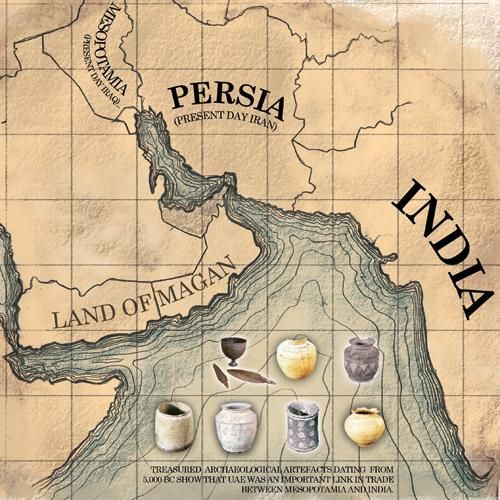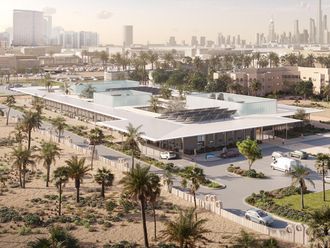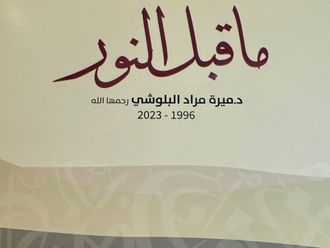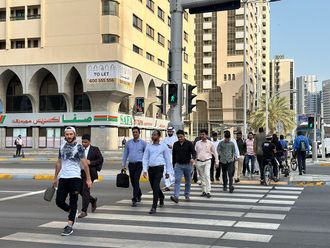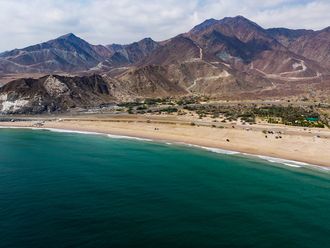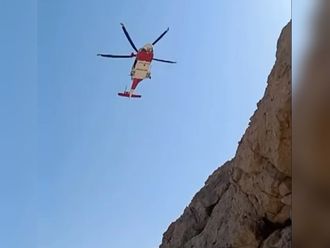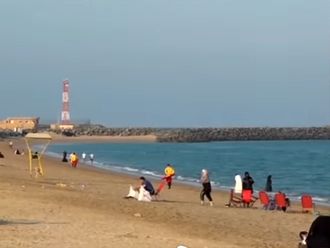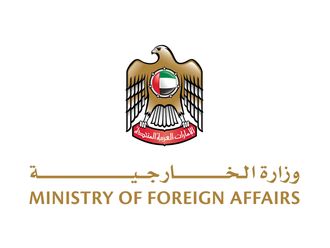You might want to set aside those early school lessons that taught you the dawn of Western civilisation was confined to Mesopotamia (modern-day Iraq).
An expert panel of archaeologists from around the world now claim the Arabian Peninsula – long thought to be a barren wasteland from around 5,000BC – was home to developed settlements during the same period.
In the August 3 edition of Science magazine, archaeologists attending an Italian conference contend that developed people lived in a string of small civilised trading posts from Mesopotamia to ancient India including lands in and around the UAE.
Science magazine writer Andrew Lawler wrote: "While Mesopotamia is still the cradle of civilisation in the sense that urban evolution began there, we now know that the area between Mesopotamia and India spawned a host of cities."
The American Association for Advancement of Science said in a statement: "It's becoming clear that these centres traded goods and could have shared technology and architecture. Recovered artefacts such as beads, shells, vessels, seals and game boards show that a network linked these civilisations."
Word of the new academic findings is good news, UAE archaeologist Ahmad Hilal said, because it gives Emiratis a deeper and more profound understanding of their past.
A staffer with the Ras Al Khaimah Department of Antiquities and Museums, Hilal said new physical evidence dug up along the Gulf coast from the Hafit Period (3,200-2,600BC) shows an advanced people.
"Some people are mistaken, they think there was nothing here in the UAE, no people a very long time ago," Hilal said.
"But if you look at the Umm Al Nar culture (2,600-2,000 BC), it is very colourful. It shows the people here were very developed with pottery, trade and local culture."
According to the Department's own study: "Evidence suggests that trade in copper with Mesopotamia and the Indus valley made the area of the United Arab Emirates wealthy."
The department said the trade was of such note that it earned this region a mention in ancient Mesopotamian texts as the "Land of Magan".
Hilal pointed out that society had developed to a degree that fine ancient burial tombs have been found throughout Ras Al Khaimah and the rest of the UAE.
One Umm Al Nar period tomb uncovered by archaeologists contains the remains of 100 people.
Timeline: Cultural Periods
5000-3800 BC
The Ubaid Period is the oldest period known in Ras Al Khaimah. Large shell heaps and surface collections near Jazirat Al Hamra gave the first hint of human activities at these places. The findings of pottery, beads, net sinkers and flint tools represent the former presence of a nomadic population living at the coast during the summer months
3200-2600 BC
The Hafit Period saw burial mounds built on high mountain plateaus from local stone. These structures have been located in Khatt, in the mountains above Ras Al Khaimah and in Wadi Al Bih, as well as in Wadi Al Qawr, where two Hafit tombs were excavated.
2600-2000 BC
The Umm Al Nar Culture is the most important period concerning the development of civilisation in the UAE. Evidence suggests that trade in copper with Mesopotamia and the Indus valley made the area of the United Arab Emirates wealthy during that period and Mesopotamian sources mentioned it as the "Land of Magan".


